
Hard-boiled eggs, instant oatmeal, danishes, muffins, cereal, orange juice, coffee... a lot of options, but very little of it actually good for you.
We drove out to Colorado National Monument. We went directly to the Saddlehorn Campground to claim a spot. Fortunately there was almost no one there so we had our pick. We set up the tent then headed off to the far end of the park, planning to slowly work our way back.

The self-registration kiosk... with most of the slots empty (meaning no one had claimed that site yet)

The spots were fairly large.
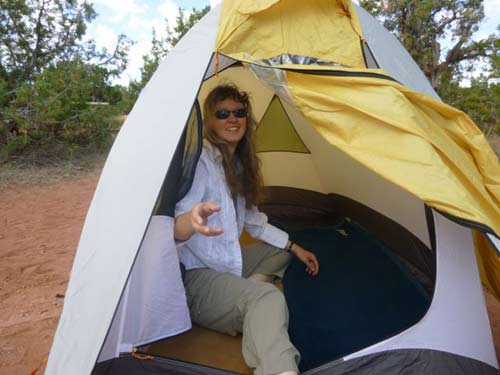
Setting up the tent
We stopped at Devil's Kitchen Picnic Area for a second breakfast. Fortunately part of it was covered since it was already getting rather warm out!
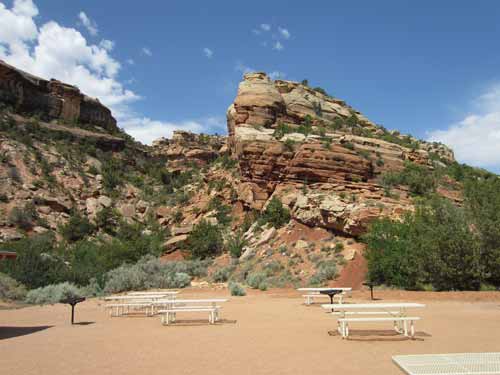
The site was surrounded by amazing rock formations!


These incredible cactus flowers were just in the parking lot.

Beauty and some beastly thorns!
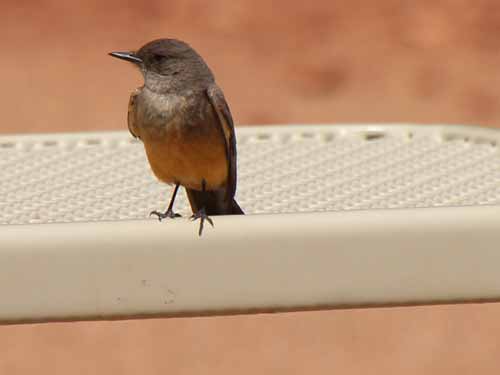
Don't mind me... I'm just the clean-up crew.
After eating, we headed across the street, planning on just a 'short' hike around the area. It turned into a several hour trek, first venturing out to some large rock formations named the Devil's Kitchen, then over to a lush oasis called Echo Canyon. The intensity and variety of the cactus flowers were incredible! There was also plenty of animal life for such a seemingly hostile environment.
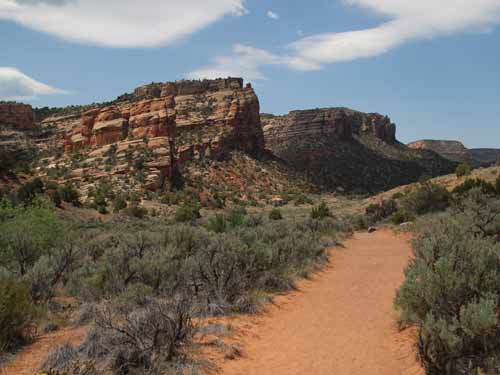
Heading out into the valley

Amazing rock formations

Both wind and water take its toll on these weathered rocks.



A view of Devil's Kitchen

The devil himself??

The uphill climb

About to enter

The play of light on the rocks was beautiful!

The view looking out

Me inside the kitchen... to help give a sense of scale

Me close....

.... me far.
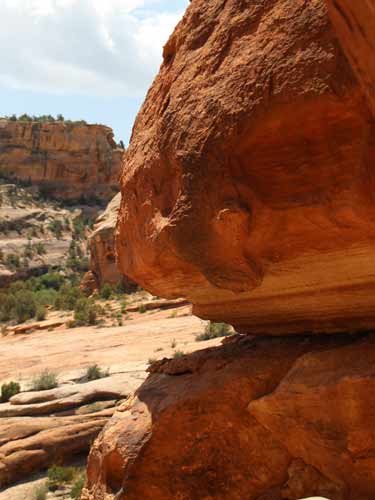

Walking down out of the kitchen

The flora:

A wide range of cactus colors...





Evening Primrose only blooms at night, when the temperatures are cool. By morning it starts to wither away and by afternoon the flowers are completely gone.

The plants are generally small and hardy.

The Utah Juniper (a member of the cypress family) is a successful desert tree. The berries serve as food for many of the local critters.
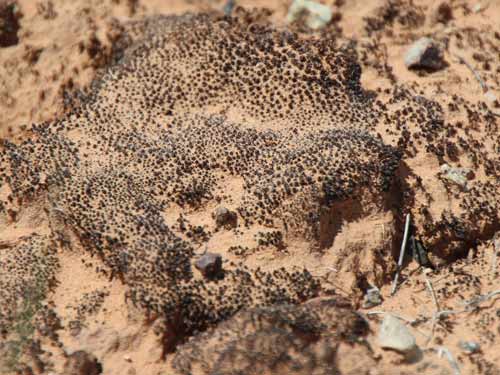
This is probably the most important plant/animal of the entire ecosystem... cryptobiotic soil. This biological soil crust is composed of living cyanobacteria, green algae, brown algae, fungi, lichens, and/or mosses. It stabilizes sand and dirt so all other plants can grow.
The fauna:

The Gambel's Quail is named in honor of William Gambel, a 19th century naturalist and explorer of the southwest.


The Side-blotched Lizard is one of the most abundant and commonly observed lizards in the deserts of western North America.
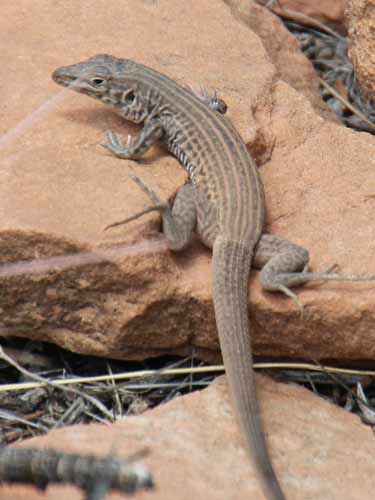
The Western Whiptail has a tail twice as long as his body.


